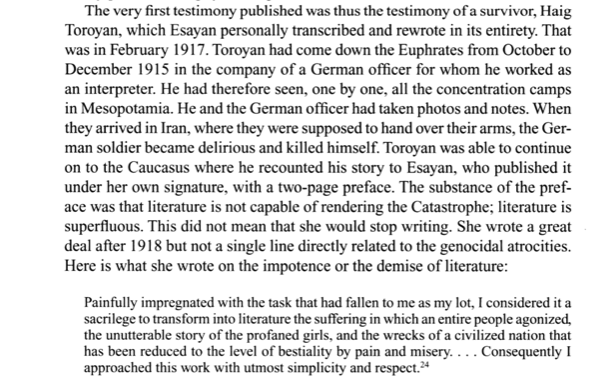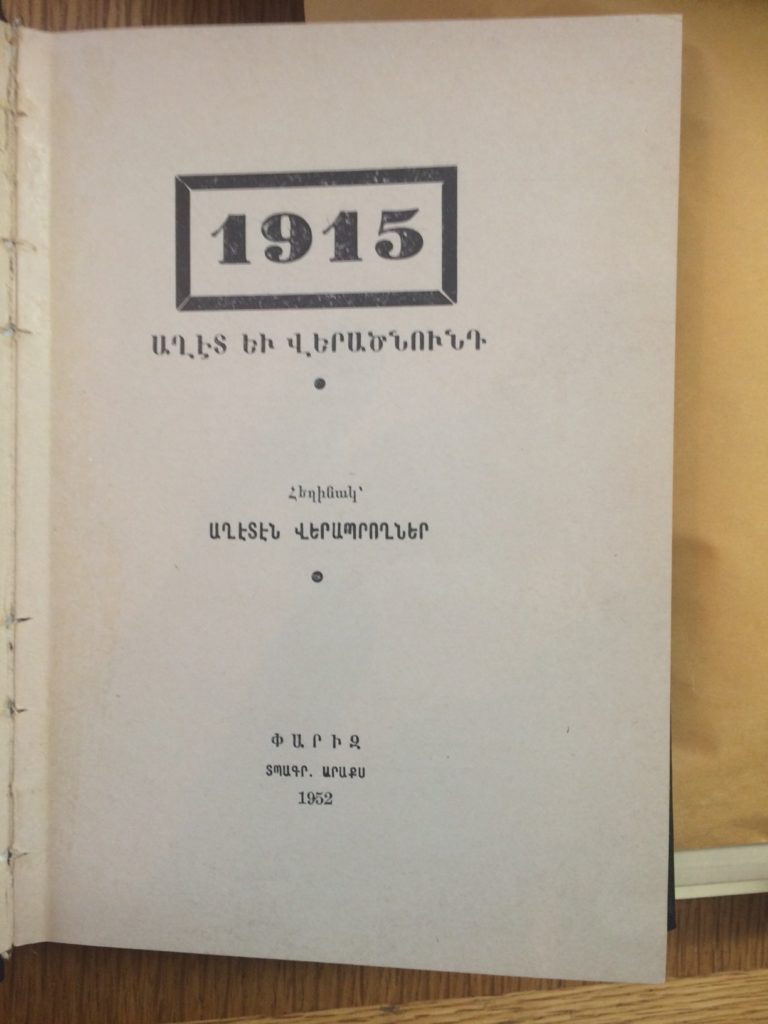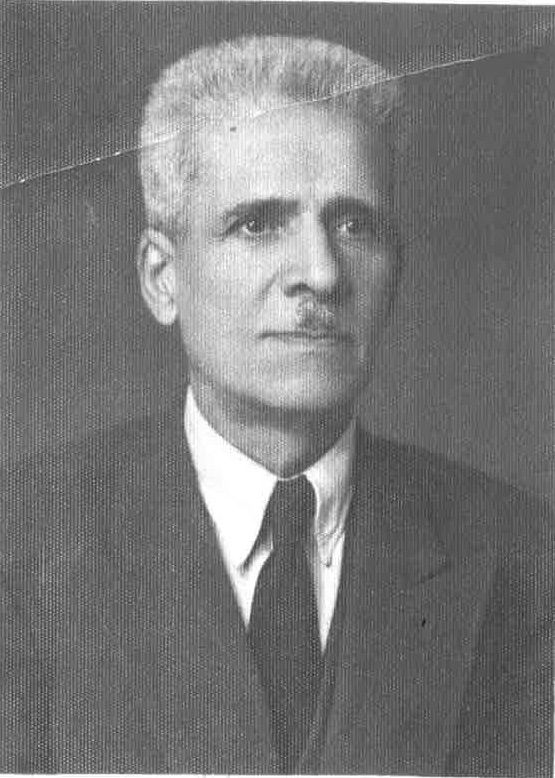
back l-r Armenouhie and Haiganoush front l-r Haig and Aram
Haig Toroyan was born in Aleppo in 1889 to Takouhi Garigian (Guareghian-lots of different spellings) and Arakel Toroyan. They were originally from Arapkir, Turkey – most likely Mashgherd Village.
He was baptized 17 Dec 1889 at Forty Martyrs Cathedral in Aleppo.
He had two older siblings, Manoug and Armenouhie and four younger: Haiganoush, Aram, Henry, and Karnig.

At some point he owned the Hotel Bab Al Faraj in the city center of Aleppo across from the Bab al-Faraj Clock Tower. The hotel is now Al Boustan Hotel.
Beginning in November 1914 in Dikranagerd, Haig traveled down the Euphrates working as a translator for a German officer. He posed as an Arab. After passing through all the deportation camps in Ras-ul-Ain, Meskene, Rakka, and Der Zor they end up in Kirmanshah, Iran in Feb 1916. Haig had documented everything he had seen.
Between March and June 1916, he was in the Russian Army’s Department of Censorship.
At some point in the summer of 1916 Haig told his story to Zabel Essayan.
In the summer of 1916, the British government published Toynbee’s Blue Book (The Treatment of Armenians in the Ottoman Empire, 1915-1916 : Documents Presented to Viscount Grey of Falloden by Viscount Bryce) which included Haig’s testimony. “Exiles on the Euphrates: Record, dated Erzeroum, June 1915, by M. Henry Barby, of an interview with Dr. H. Toroyan, an Armenian physician formerly in the service of the Ottoman army; published in “Le Journal” of Paris, 13th July 1916.”
We believe the interview was actually in 1916, not in 1915. Also, Haig was not a physician.
Throughout 1916, Haig also published himself in Arev in April, August, and November 1916. Arev was the official newspaper of the Armenian Social Democratic Party, Shahbazyan Publishing House in Baku, Azerbaijan.
At the end of 1916, Zabel sent Haig’s manuscript to Gorts, an Armenian monthly magazine, also in Baku. They were published in February 1917.

From The Armenian Genocide: Cultural and Ethical Legacies, Richard G. Hovannisian, 2007.
Haig returned to Mesopotamia under disguise, in order to help organize the liberation of the remaining Armenians. He was arrested and condemned to death yet he miraculously escaped.
After the Armistice in November 1918, he went back to Aleppo and devoted himself to saving orphans. He created the Cilician College in Aleppo, with hundreds of pupils. But the school has to close, due to a lack of resources.
In 1920 he is listed as the person left behind for his brother, Henry, when he sails to America.
Zabel Essayan mentions Haig in an article published in 1922 in French, in Revue des Etudes Arméniennes, based on a lecture she gave in November 1919 in Paris (of which we also have an Armenian abridged version in Azadamard, 1920, but without the name of Toroyan).
In 1923, Haig is listed as the friend someone is leaving behind in Aleppo as they sail to America. Her name is Nourkhan Alikian and she is going to see her husband Mike Alikian in Chicago. The ship manifest says they’re from “Toutoun, Aleppo”

Between 1927 and 1952 he is in Tehran

In 1952, his testimony was re-published in Paris, by Levon Mesrob, in a collection of testimonies with the title: 1915. Աղէտ եւ Վերածնունդ (1915: Catastrophe and Renaissance).

Haig returns to Aleppo and is cared for by youngest brother Karnig. He died in 1954 or 55 at age 62.